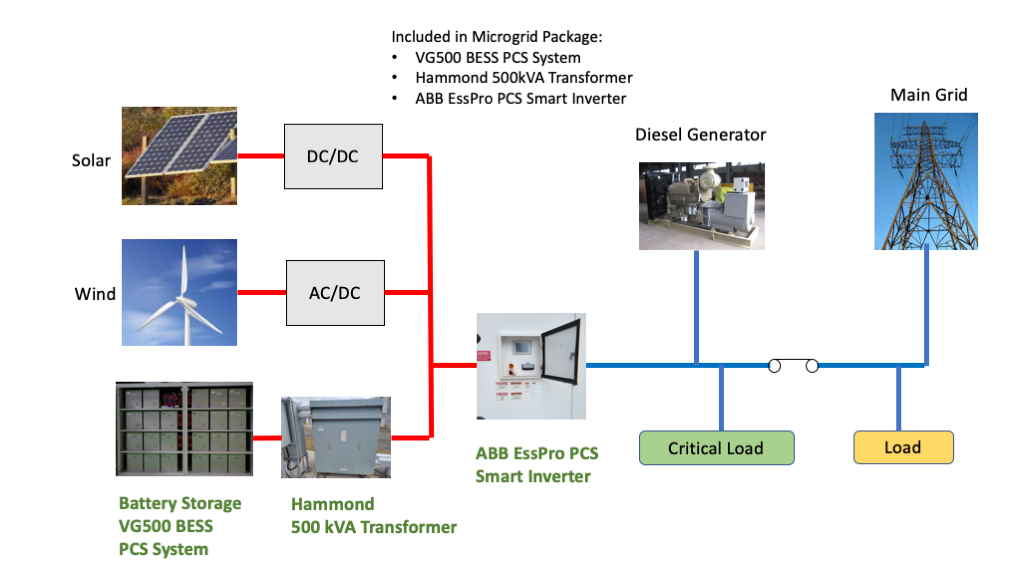
A microgrid is a small-scale power system that can operate independently from the main electricity grid. It is designed to provide reliable and resilient power supply to a specific area, such as a manufacturing plant. Implementing a microgrid in a manufacturing plant can help reduce energy costs, improve energy security and enhance sustainability.
Here are the steps to use a microgrid system for a manufacturing plant:
- Determine Energy Requirements: The first step is to assess the energy needs of the manufacturing plant, including the type and amount of energy required for daily operations. This information is crucial for designing an efficient microgrid system that meets the energy demands of the plant.
- Choose Energy Sources: Microgrid systems can use a variety of energy sources, including solar, wind, biomass, and battery storage. The type of energy source chosen depends on factors such as the cost, availability, and environmental impact. A combination of energy sources can be used to provide a reliable and sustainable power supply.
- Design the Microgrid System: Based on the energy requirements and energy sources, the next step is to design the microgrid system. This includes selecting the components, such as inverters, transformers, and generators, and determining the power distribution system. The design should also ensure that the microgrid system can operate seamlessly with the main electricity grid.
- Install the Microgrid System: Once the design is complete, the next step is to install the microgrid system. This includes setting up the energy sources, installing the components, and integrating the system into the manufacturing plant’s existing infrastructure.
- Monitor and Maintain the Microgrid System: Ongoing monitoring and maintenance are critical to ensure that the microgrid system operates efficiently and effectively. This includes regular inspections, monitoring energy production and consumption, and performing regular maintenance on the components.
In conclusion, a microgrid system can provide a reliable and sustainable power supply to a manufacturing plant. Implementing a microgrid system requires careful planning, design, installation, and ongoing monitoring and maintenance. By following these steps, a manufacturing plant can benefit from reduced energy costs, improved energy security, and enhanced sustainability.
Below is a perfect example of a complete Microgrid system that is capable of powering a typical manufacturing plant.


